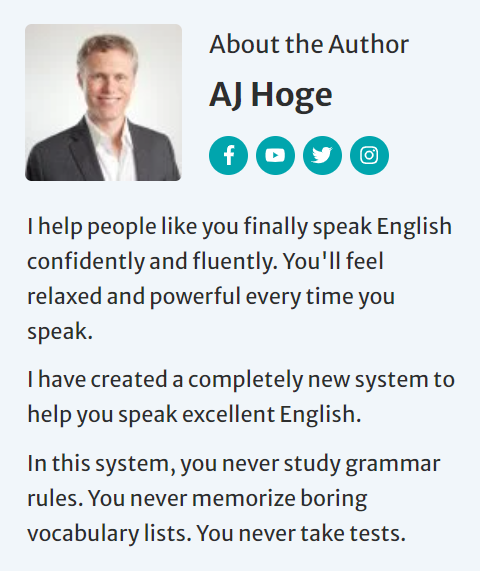How to Improve Your English Fluency by Thinking in English
English is the most widely spoken language in the world, and it is the language of business, science, and technology. If you want to succeed in today’s global economy, it’s essential to be fluent in English. However, many people struggle to learn to think in English and speak fluently. In this article, I’ll provide you with a step-by-step guide to help you think in English and improve your fluency without incurring a Google SEO penalty.
Focus on High-Frequency Vocabulary
The first step to thinking in English is to focus on high-frequency vocabulary. High-frequency vocabulary refers to the most commonly used words in the English language. By learning these words first, you will be able to understand and communicate in English more easily and quickly.
Learners often push themselves to learn and use “advanced” or less common vocabulary in order to sound more educated. This is a mistake. You can communicate very well using only the most common words and simple sentences. You must master this first. This is the key to begin really thinking in English. Of course, with time, you will master more vocab. But start with the most common vocabulary first.
Immerse Yourself in Simple English from a Variety of Sources
The next step to thinking in English is to immerse yourself in simple English from a variety of sources. This means reading EASY English books, listening to EASY podcasts, and watching EASY videos.
The goal of immersion is to create massive repetition. “Learning” phrases and common grammar is not enough. You must master these skills so well that you effortlessly think IN English and never think ABOUT English. In other words, when you speak your thoughts are in English, and you are thinking about your ideas. You are NOT thinking about grammar rules or word choices.
To get this massive repetition you need a mix of English materials, such as children’s books, beginner-level English graded readers, podcasts, lessons, and videos. As you become more comfortable, you can move on to more advanced materials.
Of course, you’ll need to do this for several hours every day.
Use Mini-Stories and Point of View Stories
Mini-stories and point of view stories are powerful tools to help you think in English. These stories are designed to help you learn English in a fun and engaging way.
Mini-stories are short stories that focus on a specific grammar structure and vocabulary words. They are designed to help you deeply learn (internalize) English using massive repetition, silly stories, and fun situations.
Point of view stories are similar stories that are told from different perspectives. They are designed to help you think in English grammar. You learn to switch verb tenses naturally, thinking IN English but not thinking ABOUT grammar rules.
To use mini-stories and point of view stories, start by finding materials that are appropriate for your level of English. My Power English Course is a good place to start.
Listen to the stories several times daily, and try to understand them as best as you can. Then, practice telling the stories to yourself, using the same vocabulary and grammar.
By using mini-stories and point of view stories, you will be able to think in English more easily and naturally. You will also be able to use English in a wider range of situations.
Conclusion
Learning to think in English and speak fluently is not an easy task, but it is an essential one. By focusing on high-frequency vocabulary, immersing yourself in simple English from a variety of sources, and using mini-stories and point of view stories, you can improve your fluency and think in English more easily. Remember to practice every day, and don’t be afraid to make mistakes. With time and effort, you will become a fluent English speaker.





